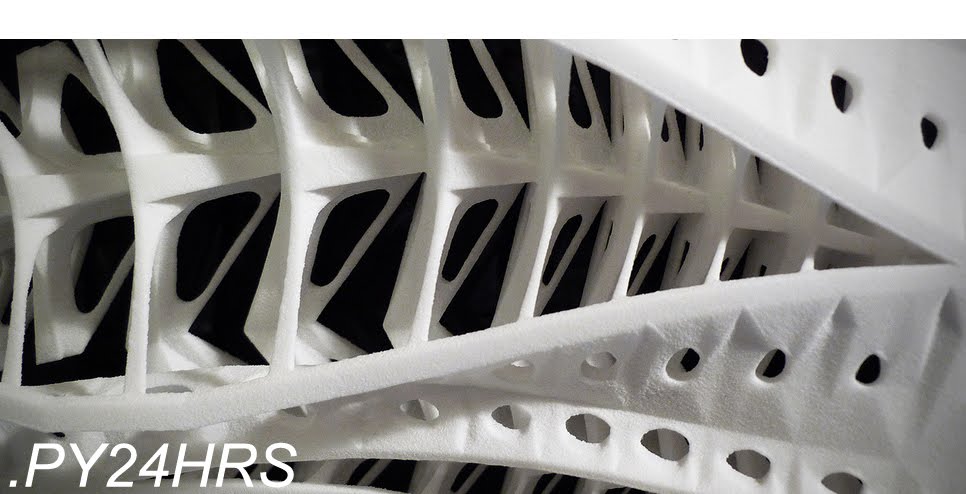Computational design, or more specifically the use of digital generative and evaluative tools for architectural
design, has been heralded as the new paradigm in architecture for the last decade. Digital design techniques
coupled with rapid prototyping have permeated architectural education and practice at all levels. But, besides
the endless rhetoric and baseless forms, what can these methods actually contribute to the field? What is
the scope of their use? The workshop sought to answer these questions by investigating surfaces, surface
mathematics and manipulations, and using this investigation to design small (and beautiful) artefacts to be
fabricated.


No comments:
Post a Comment